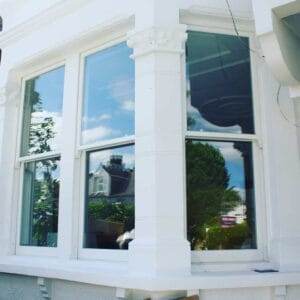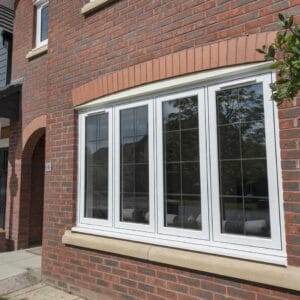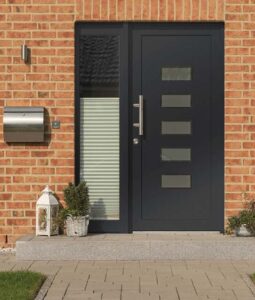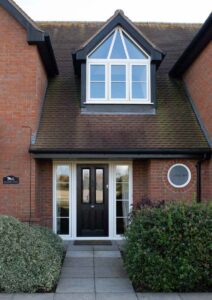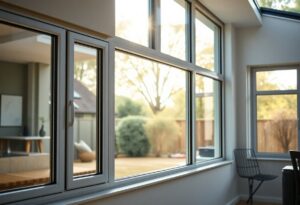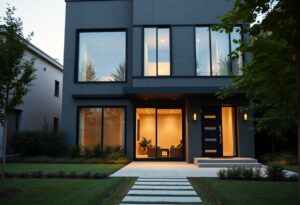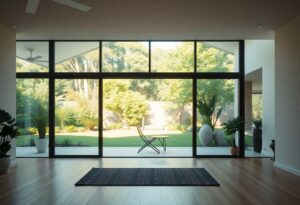Over the past few years, architecture has experienced a remarkable evolution, with smart aluminium emerging as a pivotal material in contemporary design. You may find yourself captivated by how this lightweight yet durable substance adds not only aesthetic appeal but also functional innovation to buildings. This post explores the cutting-edge trends that harness the flexibility of smart aluminium, offering insights into how you can incorporate these ideas into your own architectural projects, ultimately enhancing both beauty and efficiency in your designs.
The Rise of Smart Aluminium
To understand the burgeoning interest in smart aluminium, you must recognise how it seamlessly blends innovation with design. This remarkable material not only enhances architectural beauty but also integrates advanced technologies that make modern buildings more functional and efficient.
Sustainability Meets Aesthetics
On the one hand, you find the sleek design possibilities that smart aluminium offers; on the other, its eco-friendly attributes. By utilising this versatile material, you can create structures that are not only visually appealing but also contribute to environmental sustainability, marrying form with purpose effortlessly.
The Science Behind Smart Aluminium
Smart aluminium is revolutionising the construction industry, thanks to its interactive properties and energy efficiency. With the ability to respond to environmental changes, this adaptive material can dynamically adjust to heat and light conditions, ensuring that your building remains comfortable while minimising energy consumption.
With its unique composites and innovative coatings, smart aluminium actively engages with its surroundings. Imagine a façade that changes colour based on temperature or one that helps regulate indoor climates without the need for excessive heating or cooling. This scientifically proven technology not only enhances your building’s functionality but also paves the way for a more sustainable future in architecture, embodying a symbiosis of beauty and intelligence. It represents a bold step forward, enabling you to create spaces that are as responsive as they are aesthetically pleasing.
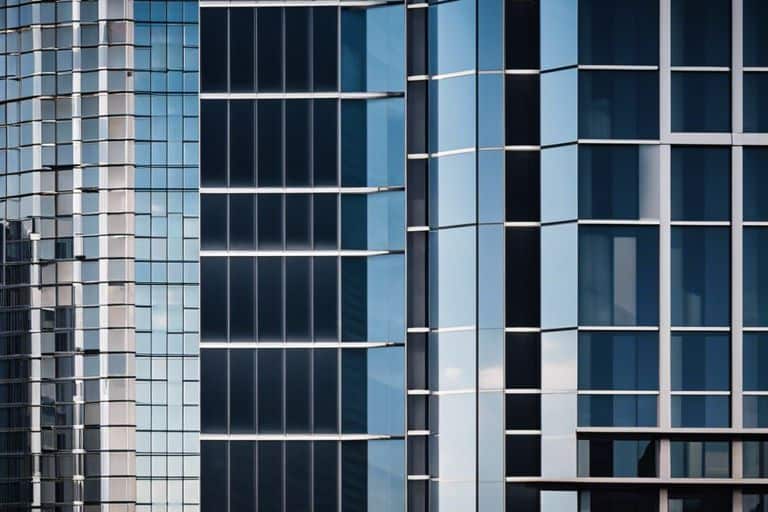
Top Trends in Architectural Design
One of the most captivating developments in recent architectural design is the emergence of dynamic façades and adaptive building skins. These innovative structures allow you to experience buildings that respond to their environment, enhancing energy efficiency and visual appeal. By employing smart aluminium materials, architects are creating façades that can change their appearance based on environmental conditions—offering both aesthetic delight and functional benefit.
Dynamic Façades and Adaptive Building Skins
Architectural designs are breaking new ground with the integration of dynamic façades and adaptive skins, which shift and transform in response to climate and usage. This trend not only results in stunning visual results but also significantly contributes to energy conservation, making your interactions with the built environment not only more engaging but also more sustainable.
Maximising Natural Light with Smart Aluminium Frames
Skins that maximise natural light are becoming imperative in modern architecture, and smart aluminium frames play a pivotal role in this transformative approach. These frames are designed to optimise the influx of natural light while maintaining structural integrity and thermal efficiency. By employing such frames, you can experience interiors that are not only brighter but also more inviting, blending the beauty of the outdoors with the comfort of your living or working space.
Frames constructed using smart aluminium are not merely functional; they serve to redefine your relationship with light. Their slim profiles allow for expansive glazing, offering unobstructed views and a seamless connection to the outdoors. As you embrace this trend, you will find that these frames create dynamic interiors filled with natural light, ensuring that your space feels open, airy, and invigorating, all while keeping energy costs in check.
Innovative Applications of Smart Aluminium
You might be surprised to learn how smart aluminium is revolutionising architectural concepts and design possibilities. With its ability to adapt and respond to environmental conditions, smart aluminium is paving the way for truly innovative applications in modern architecture.
Energy-Harvesting Buildings and Urban Planning
For progressive architects, energy-harvesting buildings represent a paradigm shift in sustainable design. Smart aluminium can absorb solar energy, converting it into usable power while simultaneously aiding in temperature regulation. This dynamic material can be integrated into urban planning, promoting a greener, more energy-efficient future for cities everywhere.
Smart Aluminium in Interior Design and Furniture
Aluminium is not just for the exterior; it’s making waves in interior design and furniture as well. Its lightweight properties combined with smart technology offer flexibility, comfort, and style, allowing for creations that not only appeal aesthetically but also function efficiently in contemporary living spaces.
Design your interiors with the versatility of smart aluminium to create innovative furniture solutions. Imagine sleek, modular pieces that adapt to your needs, from coffee tables with integrated charging ports to shelving that adjusts its height effortlessly. This material allows for streamlined aesthetics while incorporating cutting-edge technology, making spaces not just functional but also beautifully modern and thoughtful. By embracing smart aluminium, you can achieve a harmonious blend of form and function in your home or workplace.
To wrap up
Hence, as you embrace the evolving world of architecture, you’ll find that smart aluminium not only enhances aesthetics but also embodies innovation, sustainability, and efficiency. This versatile material opens the door to exciting possibilities that align with your vision for modern living. By integrating these architectural trends, you can create spaces that not only reflect your personal style but also serve the environment, offering a harmonious balance between beauty and functionality in your evolving architectural landscape.
FAQ
Q: What are some of the top architectural trends associated with smart aluminium in contemporary design?
A: In recent years, smart aluminium has emerged as a pioneering material in architecture, due to its lightweight nature, durability, and versatility. One of the top trends is the use of aluminium in creating dynamic facades that can adapt to weather conditions. For instance, architects are increasingly integrating automated shading systems that respond to sunlight, enhancing energy efficiency. Another trend is the incorporation of aluminium in modular building designs, allowing for flexible layouts and easy assembly. Lastly, the move towards sustainable architecture has seen architects choosing recycled aluminium, which not only reduces environmental impact but also offers a modern aesthetic.
Q: How does smart aluminium contribute to energy efficiency in buildings?
A: Smart aluminium significantly enhances energy efficiency through several innovative features. Its reflective properties can be utilised to reduce solar heat gain, keeping buildings cooler in warm climates and thus lowering air conditioning costs. Moreover, advanced coatings and treatments enable aluminium to maintain optimal insulation properties, which can help reduce heating demands in colder environments. Additionally, the integration of smart technologies within aluminium structures, such as sensors and automated controls, ensures that energy consumption is monitored and adjusted in real-time, further maximising efficiency and minimising waste.
Q: Are there any notable examples of buildings that have successfully implemented smart aluminium in their architecture?
A: Yes, several remarkable buildings exemplify the successful implementation of smart aluminium in contemporary architecture. One prominent example is the Al Bahar Towers in Abu Dhabi, which features a dynamic façade made from smart aluminium that opens and closes in response to sunlight, dramatically reducing heat gain and improving energy performance. Similarly, the Edge in Amsterdam, known as one of the greenest buildings globally, utilises smart aluminium systems to enhance its environmental credentials. These instances demonstrate how smart aluminium can not only contribute to striking visual aesthetics but also significantly bolster a building’s sustainability and operational efficiency.

